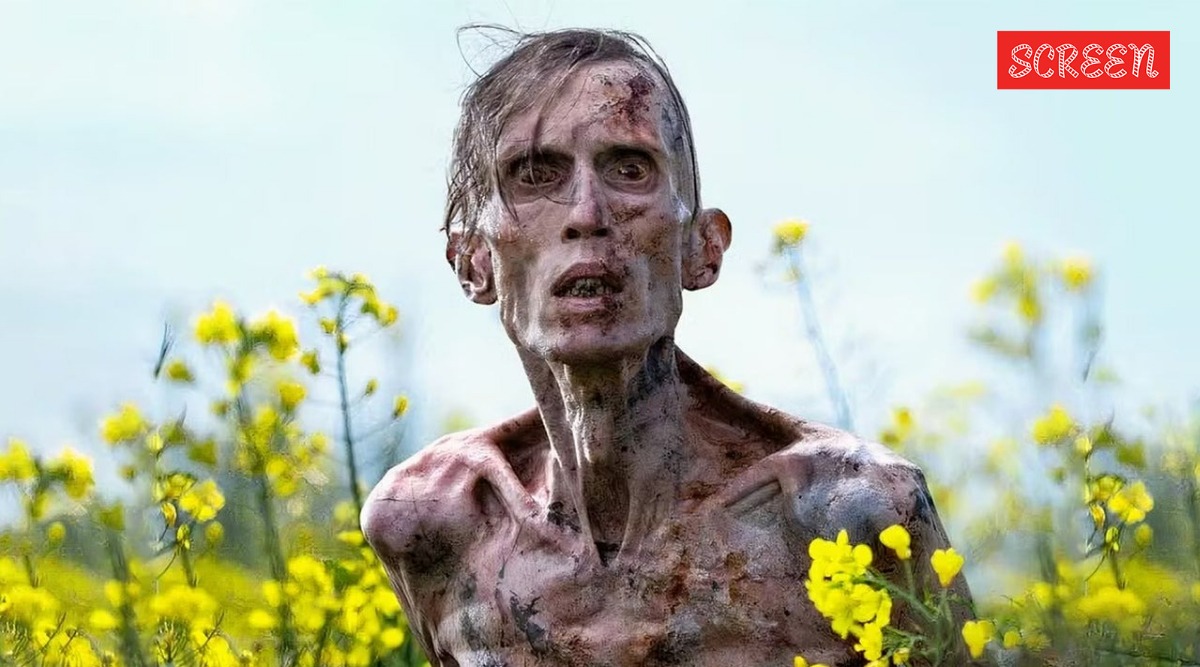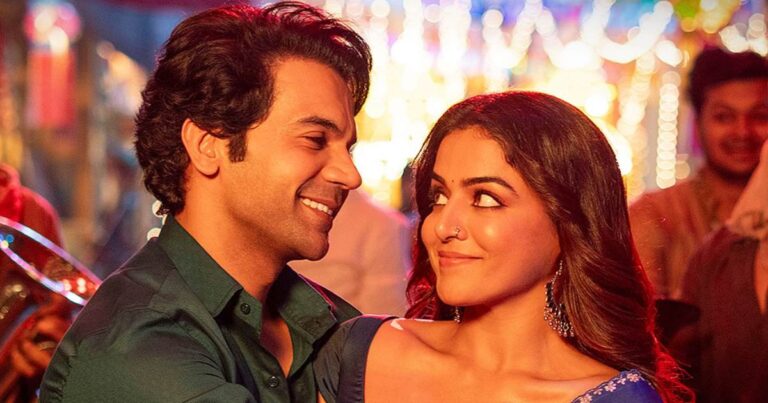Then there is the inspired use of Rudyard Kipling’s 1903 poem Boots, about wars and soldiers marching zombie-like into it. The spoken-word recording of it by actor Taylor Holmes in 1915 is used for its psychological effect in US military training. Once you have heard it in 28 Years Later, you will know exactly why.
A thematic if not actual sequel to Boyle-Garland’s excellent 2002 film 28 Days Later – there was also 28 Weeks Later in the middle – this one finds us 28 years after a rage virus laid London to waste and, then, spread out. Now, the infected have been confined to the British mainland, with the uninfected having built for themselves a safe haven on an island dangerously close. A causeway over the sea waters connects the two, and while impregnable during high tide, it is used during low tide by the islanders to go across and forage for food, fuel and to hunt.
A gate (big, sure) and a watchtower (manned, sure) are the only things preventing the infected from making the trip in reverse.
Watch 28 Years Later Movie trailer here:
On the island, the uninfected lead a presumably idyllic, pastoral, pre-modern life – farming, raising animals, praying and sharing meagre resources. One link, though, exists to their previous lives: a Queen Elizabeth portrait.
It’s here that we are introduced to Spike (Williams), a 12-year-old, who is being taken for his first trip to the mainland by father Jamie (Taylor-Johnson). His mother Isla (Comer) objects, but she is too laid down by a mystery illness to put up much of a resistance. Plus, Spike is too pumped as the entire island cheers him on.
What follows is a rude growing-up for Spike, in the vastness and enticing mystery of the world yonder, in keeping one’s nerves, in fear, and especially – to his disappointment – in the lying ways of adults.
In their trip to the mainland, the father and son meet the Slow Lows, the infected who are essentially giant hippos crawling on all fours and eating worms, as well as the scrawny spike-like figures who chase them in droves. They also meet the ‘Alphas’, the super beings among the infected, in whom the rage virus has acted like a steroid, leaving them towering and immune to arrows like the ones wielded by Spike and Jamie.
A stunning scene of an Alpha standing in wait beside a solitary tree on the horizon, for the father and son who are hiding in a house that soon crumbles, will haunt you. As well as another when the same Alpha chases them down the causeway as they make their mad scramble for safety. The sky is bathed in stars, and beautiful colours, the sea waves are rippling but deceptively calm, and here are three people running across the waters.
What follows doesn’t really make much sense logically. Spike’s motivation in going across almost immediately, dragging Isla along, in search of an illusory Dr Kelson (Fiennes) to cure her, is contrived at best. It’s a trip down Heart of Darkness territory, at the end of which may lie a Kurtz-like figure.
More contrivances follow, including an interlude with a Swedish navy guy who gives Spike an introduction to what is going on in the rest of the world (mobiles!, Amazon!, online!). There is gentle humour here though, leading right up to the meeting with Dr Kelson and his Memento Mori, or monument to death, a product of the kind of insanity and genius that results from the isolation and cruelty the doctor has lived with.
In lesser hands, it would be impossible to take Kelson seriously, especially given his brief screen time. Fiennes moulds him into the film’s emotional core, reflecting both the cold practicality of his new life and the gentleness and warmth of his old. Death is routine and thoughtless here, but can still be noble.
A character makes a cameo, a baby is ludicrously delivered, and Boyle and Garland give you glimpses of what is to follow in what is imagined as a trilogy.
Comer is the most harshly dealt with, more clueless than lost in depicting a woman slipping in and out of lucidity, with flashbacks that don’t add to any understanding of her.
The ending is rushed and, a lot of it, an appendage. However, entertained you are – and anticipating what comes next.
As the refrain of Boots goes, “There is no discharge in the war!”. Not in this one.





